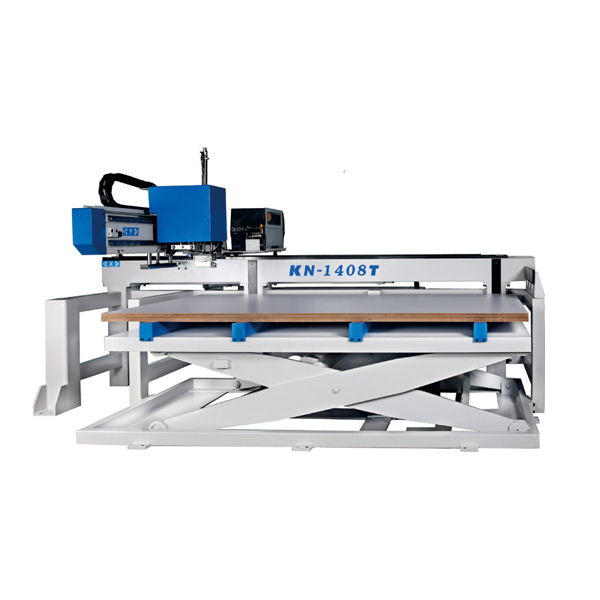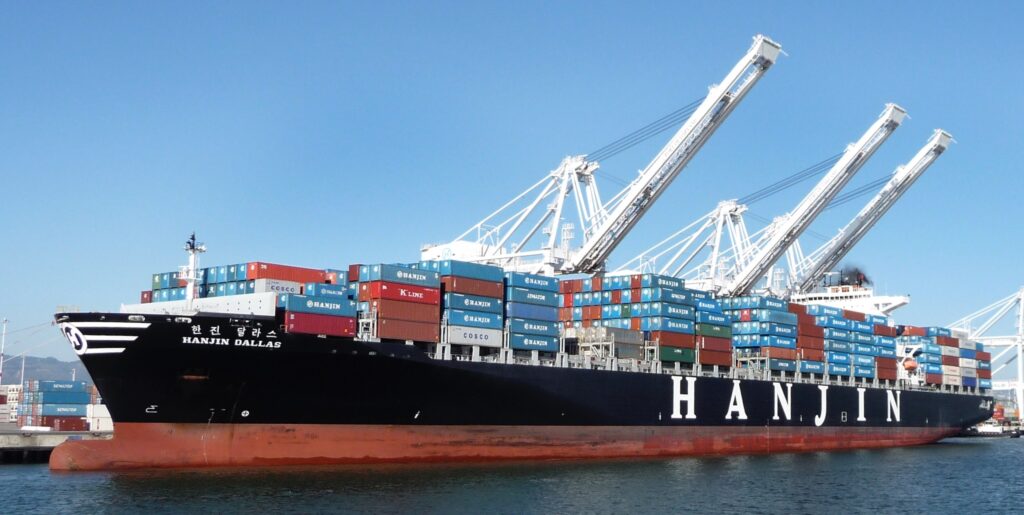The global woodworking machinery market size was USD 3.57 billion in 2020. The global impact of COVID-19 has been unprecedented and staggering, with the woodworking machinery witnessing a negative demand shock across all regions amid the pandemic. However, the Global woodworking machinery market is expected to in 2021 at a compound annual growth rate (CAGR) of 8.1% and is expected to reach $4.59 billion in 2025 at a CAGR of 4.5%.
Automated woodworking machinery is expected to propel the growth of the Woodworking machinery market, there seems to be a demand on highly customized goods and wooden furniture’s and a growing real-estate market which has resulted in a greater demand for highly specialized woodworking machinery in the manufacturing process. This has resulted in the integration of specialised woodworking machinery in the manufacturing process.
For instance, we at LEDA Machinery, an Australian owned and operated woodworking and aluminium machinery supplier provide our customers with automated labelling station with our KN1410 CNC Machines, thereby eliminating labelling downtime and errors. It prints and applies your labels at the infeed, while your CNC is machining a Panel. So as soon as the nested Panel is machined – the next one is ready labelled. Its auto loaded at the same time as the finished panel is unloaded. Therefore, the increasing adoption of automated woodworking machinery drives the growth of the woodworking machinery market


Another major blowback as the effect of COVID-19 that was seen across the industry was the rising cost of shipping containers. The shipping industry is very much based on circularity and COVID-19 has caused huge disturbances in the global supply chain.
The lockdowns seen in Australia and throughout the world in early 2020 which shut down factories and cut down on employment at ports contributed on the decision making of the shipping industry to maintain freight and avoid economic losses by quickly reducing the number of operating ships. However, after the initial lockdowns towards autumn of 2020, world economic activities started to recover. Countries like China started exporting back to Australia, USA and other regions of the world, however shipping lines still operated with fewer ships (meaning lack of space) and the ports with less staff. This caused massive delays and container shortage, and as demand heavily exceeded supply, freight rates went through the roof.